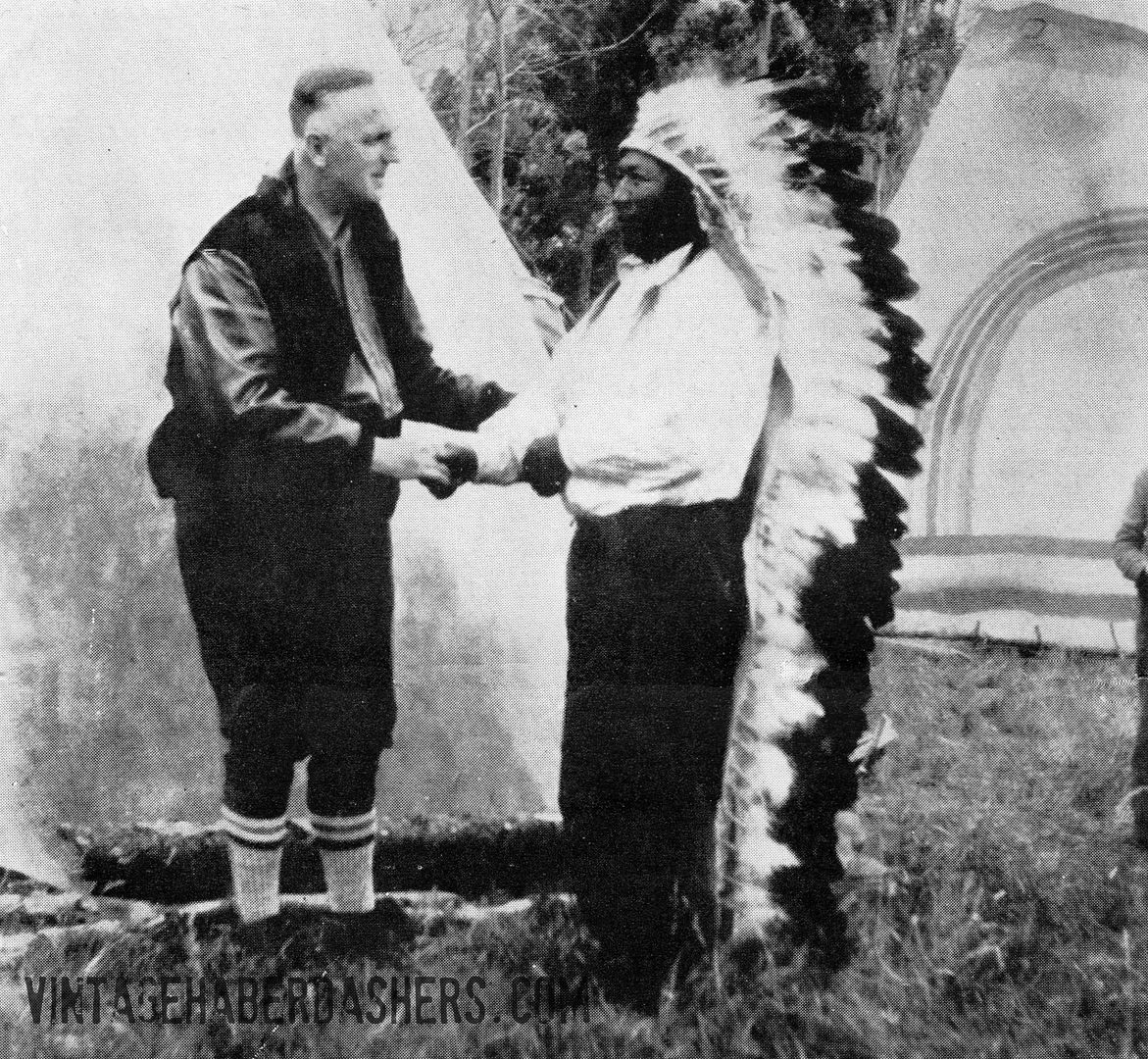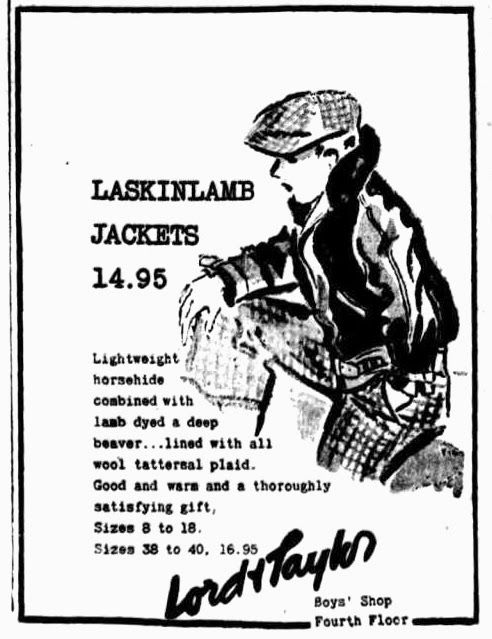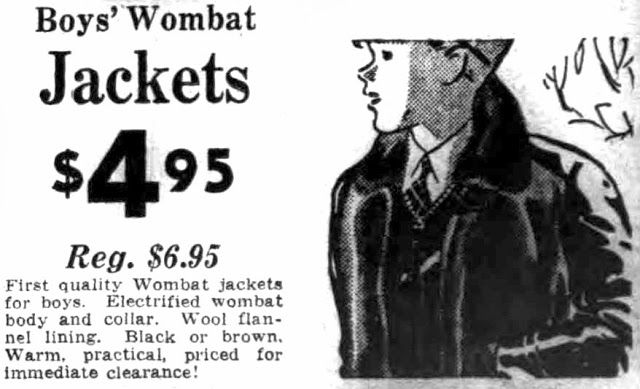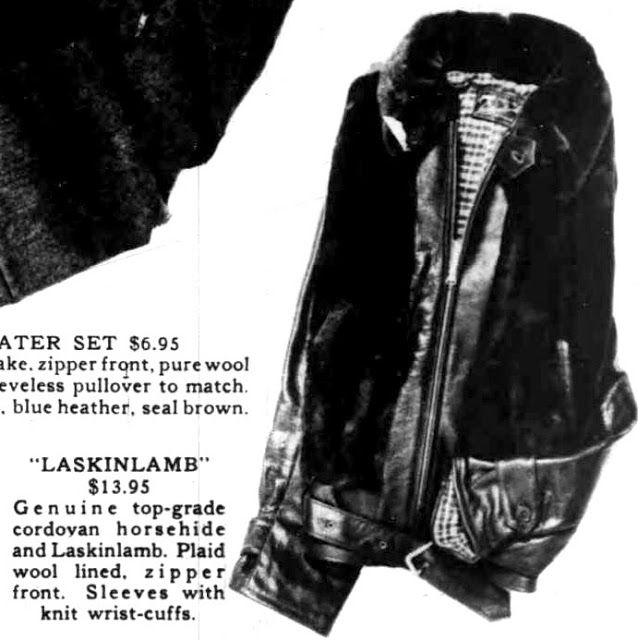- Messages
- 10,562
- Location
- Bozeman, MT
At the turn of the 20th century, fur coats were the best product on the market for motoring and for activities involving prolonged exposure to wind and the elements. Fur was warm, lighter in weight than wool of a comparable warmth, and was water and wind resistant. It was also expensive.
It was also expensive, and could be fragile. Sheeplined coats took the form of the fur coats, but replaced the fur with less expensive sheepskin and added a protective layer of canvas or wool to the outside.
The Edes Robe Tanning Company was founded c.1905 by Canadian-born St. Clair Ede. The company once had locations in Dubuque, Iowa, Saint Paul, Minnesota, Omaha, Nebraska and Souix Falls, South Dakota. Their primary business was ponyskin lap robes for carriages and early open automobiles. As carriages were replaced by automobiles, and as car design became enclosed, the need for fur robes mostly evaporated. Faced with a changing market, Edes focused their attention on their fur coat business, producing fur coats for men and women under the King-O-FUR label. Unlike many furriers, Edes took styling cues from the new waist-length outdoorsman's leather jacket styles, but made them in the material they knew best- ponyskin.
The jacket, with leather sleeves and trim and a fur body would catch on. Other companies began producing the style, modified with thick mouton panels instead of hair-on ponyskin, in the early 1930s, with the style peaking in popularity in 1937. King-O-Fur's slogan during the 1930s, "Not an Imitation and Not Imitated" spoke to the proliferation of similarly styled jackets which would spring onto the market. St. Claire Ede died in 1938 and the company was taken over by his widow Louise A Ede. The company was dissolved on November 15, 1939.

It was also expensive, and could be fragile. Sheeplined coats took the form of the fur coats, but replaced the fur with less expensive sheepskin and added a protective layer of canvas or wool to the outside.
The Edes Robe Tanning Company was founded c.1905 by Canadian-born St. Clair Ede. The company once had locations in Dubuque, Iowa, Saint Paul, Minnesota, Omaha, Nebraska and Souix Falls, South Dakota. Their primary business was ponyskin lap robes for carriages and early open automobiles. As carriages were replaced by automobiles, and as car design became enclosed, the need for fur robes mostly evaporated. Faced with a changing market, Edes focused their attention on their fur coat business, producing fur coats for men and women under the King-O-FUR label. Unlike many furriers, Edes took styling cues from the new waist-length outdoorsman's leather jacket styles, but made them in the material they knew best- ponyskin.
The jacket, with leather sleeves and trim and a fur body would catch on. Other companies began producing the style, modified with thick mouton panels instead of hair-on ponyskin, in the early 1930s, with the style peaking in popularity in 1937. King-O-Fur's slogan during the 1930s, "Not an Imitation and Not Imitated" spoke to the proliferation of similarly styled jackets which would spring onto the market. St. Claire Ede died in 1938 and the company was taken over by his widow Louise A Ede. The company was dissolved on November 15, 1939.

Last edited:




